Lancia, 1911, Beta 20 HP SGV
Lancia “Beta 20 HP", SGV, 1911
This car was born in 1911, when one of the most fascinating history periods, the Belle Epoque, is nearly over. In fact, after just three years, WWI will begin, wiping out dreams, illusions, wealthy, art and millions of lives. It’s a Beta built on the B-type long frame, sold in America as a simple chassis, a common practice at the time to pay fewer custom duties. It received a runabout body (an American term that corresponds to our spider) built by SGV coachbuilder.
Among the most evident peculiarities of this model there is the twin accelerator (both pedal and hand accelerator on the steering wheel) and the big 100-liter fuel tank on the back. At the time gas stations were rare and gasoline could be bought in cans at the general store, therefore you needed a good range. On the left side there’s a brass jerry can where you could store more gas. Attentive to innovations and customer necessities, in 1909 Vincenzo Lancia fitted his cars with a full spare tire, not only the tire like the majority of cars in Italy. On this car you can also notice the big acetylene headlamps and the mechanical speedometer on the front right wheel, probably fitted in the US.
Luciano Nicolis used to say:
“This is an SGV, with Lancia frame and American body. This oddity is probably due to the custom duties of the time, very high for cars. In this way, it was possible to save money. At the time buying the chassis and engine from a car company was a common thing at the time, the nit was shipped abroad and put together there to pay fewer custom duties (see the history of Italian custom duties). The body fitted in America followed the styling of the time. The body was indeed quite modern and many cars were fitted with similar ones (see the Peking to Paris) …. Since it was a sports car that had to travel for many miles, it had a spare can. It already had the spare wheel with the rim attached, not just the tire as many others. There were two additional oil headlamps in the absence of acetylene. Acetylene headlamps were more powerful and were made with cut glass, so that the glass didn’t crack under the effect of heat. The 4-cylinder engine was quite large and was made in a single block, not twin block”.
Technical notes:
FRAME and ENGINE from Lancia. The body was fitted in the US by SGV, acronym made with first letters of the three partners’ last names: Herberet M.Sternbergh, Robert E.Graham e Fred Van Tine.
RACING BODY similar to the Itala used at the Peking to Paris.
HAND ACCELERATOR on the spoke of the steering wheel, alternative to the pedal.
LICENSE PLATE: in the early 1900s license plates for vehicles were exquisite handmade objects, fully enameled, with a white background and two red numbers that represented the province and other black numbers that represented the license number given to the automobile (there were 69 provinces). The number “12” of this car was assigned to Brescia. From the second half of the 20s, the province letters replaced the red numbers, the background became black and the numbers white.
FUEL TANK with a capacity of 100 liters. A very important characteristic because in the early years of the 20th century gas stations were not that common (gasoline could be bought at the general store, where it was sold in cans).
On the left side there is a spare brass JERRY CAN for gas.
FULL SPARE TIRE, with attached rim to change tire more quickly and easily. In Italy they still gave the spare tire only. The beaded edge tires of the time had the tendency to slip out the rim during corners.
MECHANICAL SPEEDOMETER on the front right wheel.
ACETYLENE TANK, on the right side. Filled before leaving, the car had also a CARBIDE GAS tank to lighten up the lamps.
The SEATS were made of leather, still original underneath.
Long STEERING COLUMN, common at the time.
OIL POSITION LAMPS similar to the ones found on carriages, located near the seats; the BEACONS are made of glass so that they could be seen from the back too. The big front CARBIDE HEADLAMPS with cut glass so the heat does not crack them. The lamp on the dashboard is detachable.
On the dashboard there’s a beautiful detachable CLOCK bearing the writing “Automobile”; thanks to this, the owner could take the clock with him after leaving the car. The clock-car combination is historical. It was the most precise mechanical object of the time and they said an efficient car had to ride like a fine watch. Therefore, a good car had a prestigious clock.
The STEERING WHEEL and levers are covered in hard rubber.
NOTE: the manual reads: “Before starting the engine, put some oil in the specific oiler with faucet between flywheel and engine. In this way the oil pump starts to run and the oil pressure gauge works”. “The engine starts after half a crank turn” - “The gearbox has four speeds plus reverse gear”
Shooting, L'Uomo VOGUE with Luciano Nicolis
Shooting, Calze Levante, Lancia Beta SGV
2004 Luciano Nicolis participated with this car to the "Settimana Motoristica Bresciana", watch the Video at min 03:10
2009 Montecarlo - Monaco Classic Week
2016 the car won the 1° Prize in “Veteran aperta” category at the Concorso di Eleganza "Città di Mantova",
2016 the car participated to ASI, 50° anniversario
2013 the car participated to Operauto, Arena di Verona Event
2018 Poste Italiane chose this car for a philatelic postcard.
2020 Event, ASI, Historic Day
2024 The REB Concours

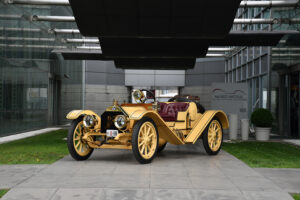
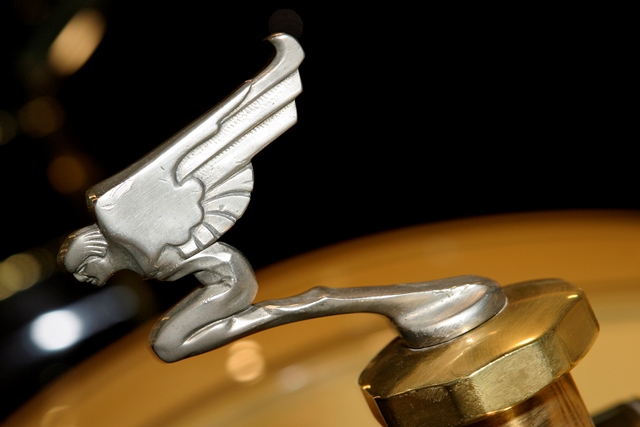
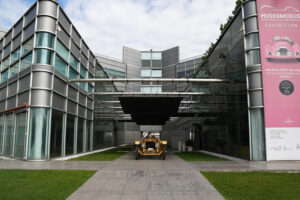
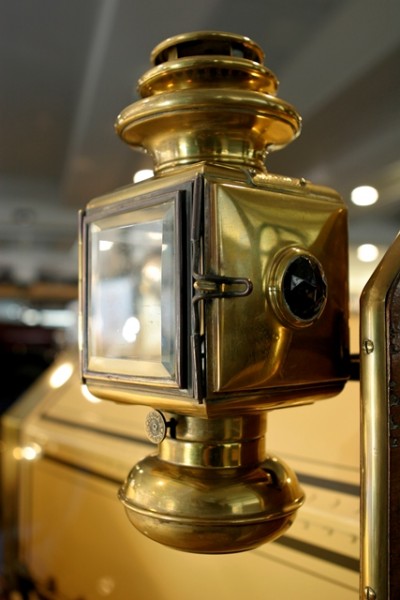
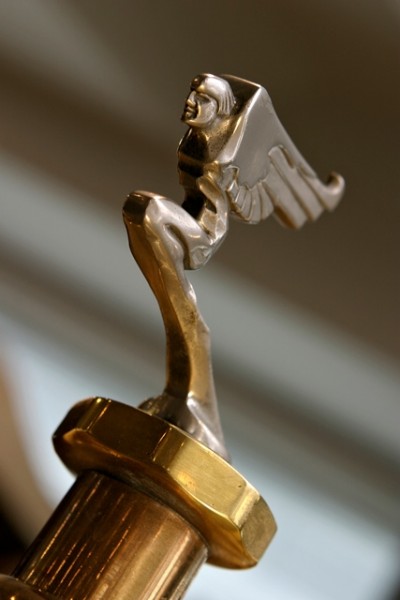
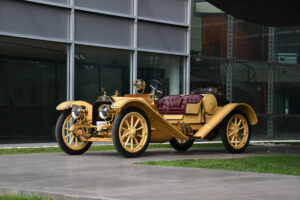
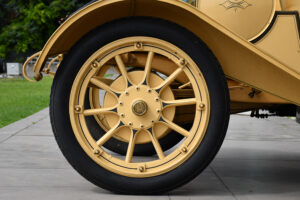
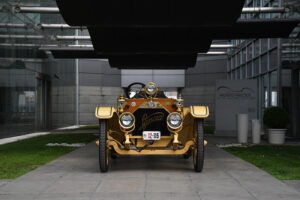
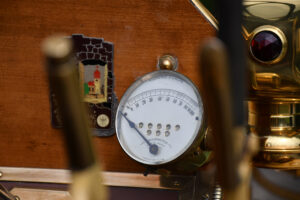
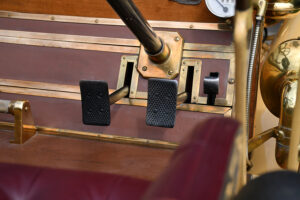
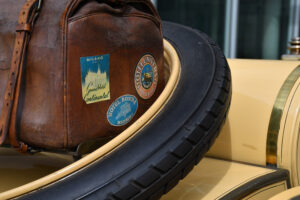
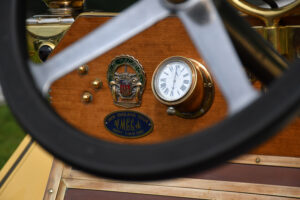
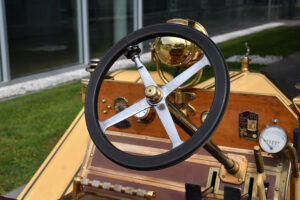
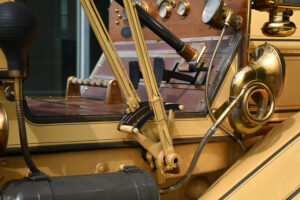
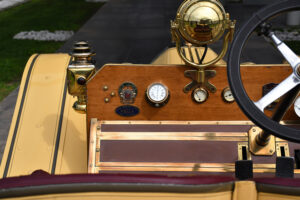
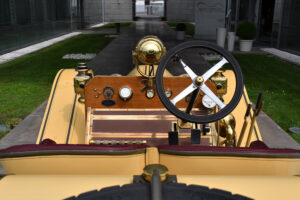
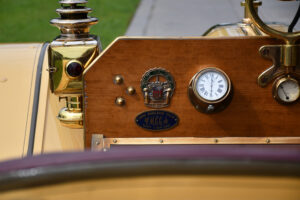
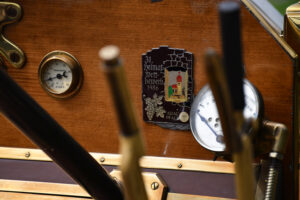
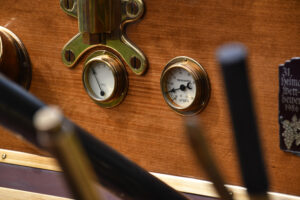
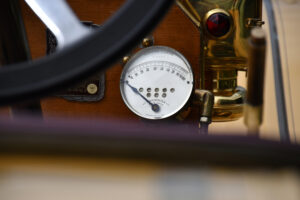
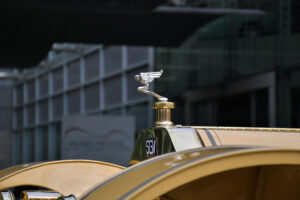
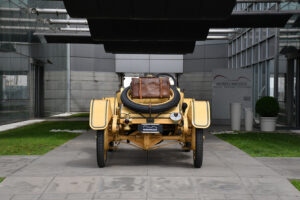
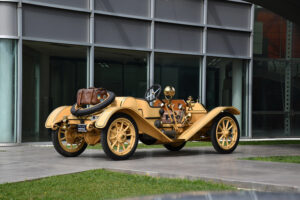
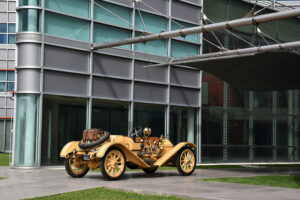
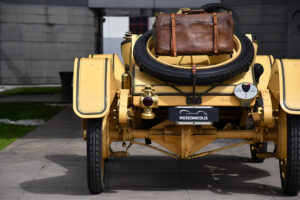
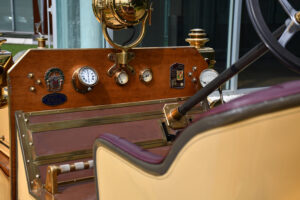
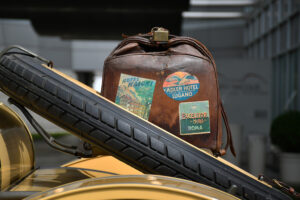
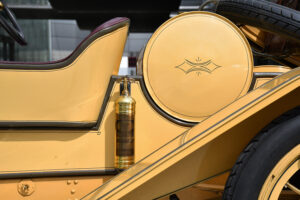
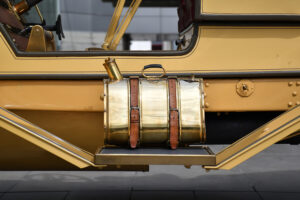
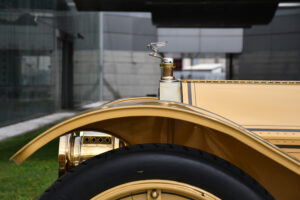
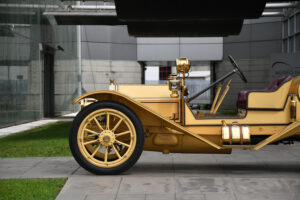
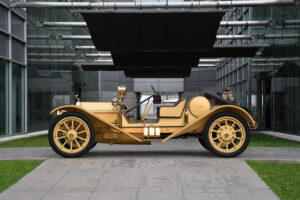
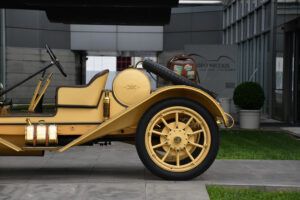
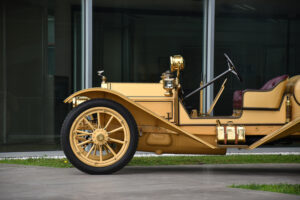
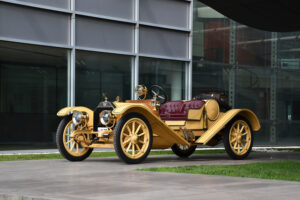
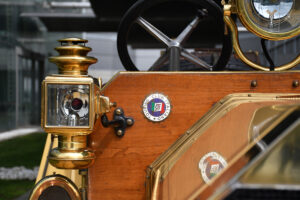
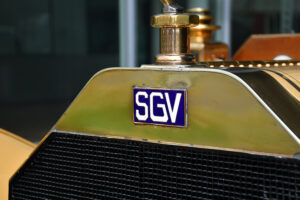
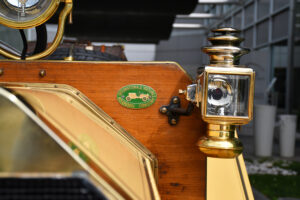
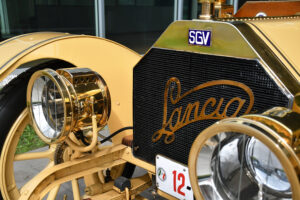
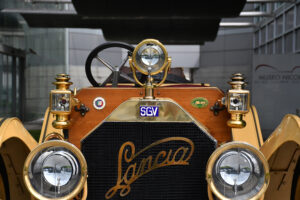
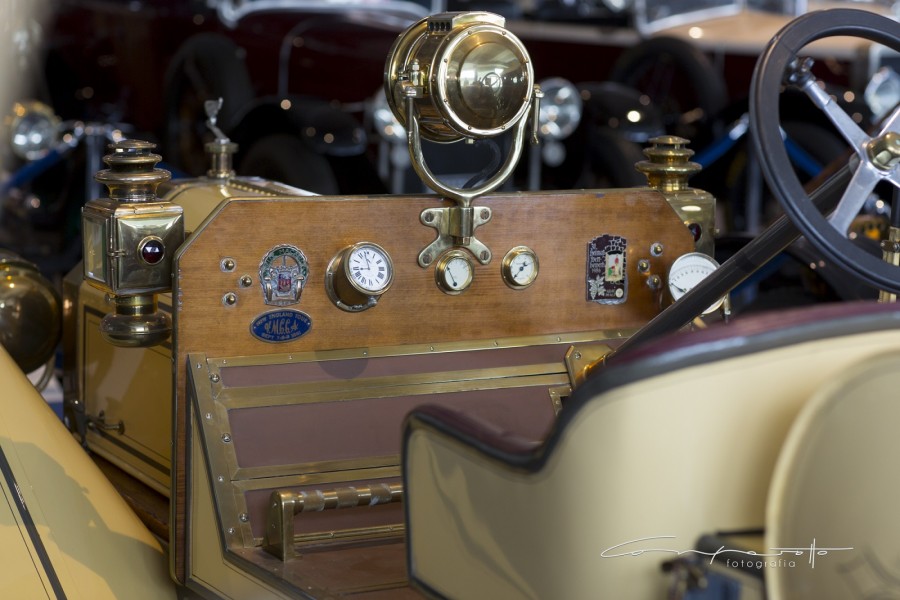
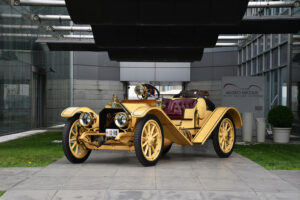
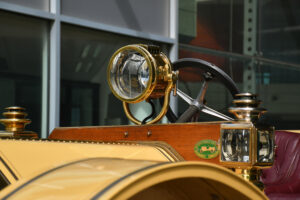
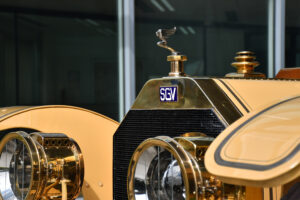
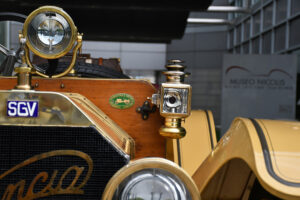
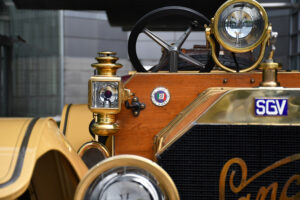
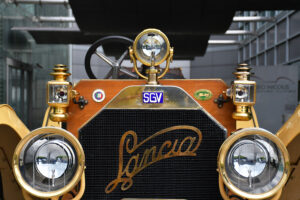
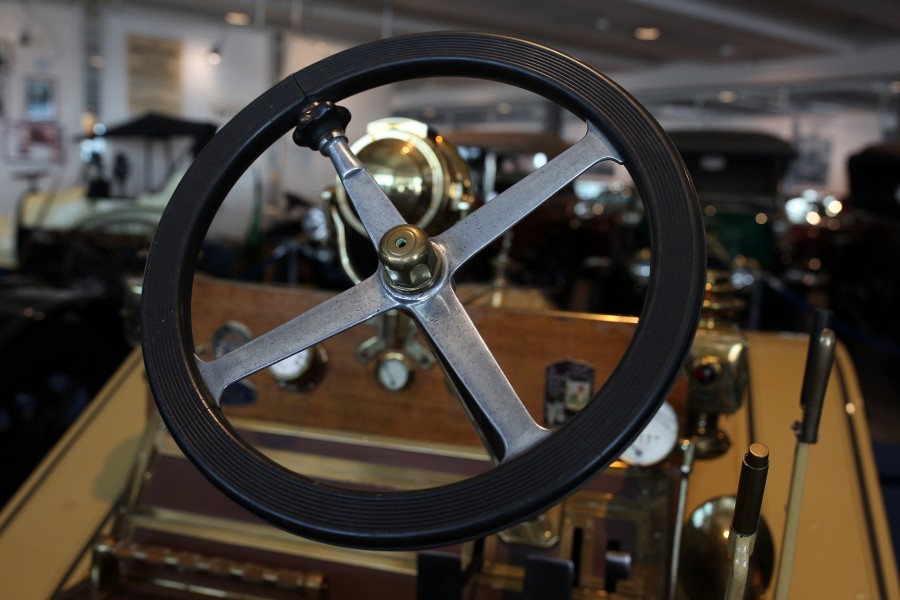
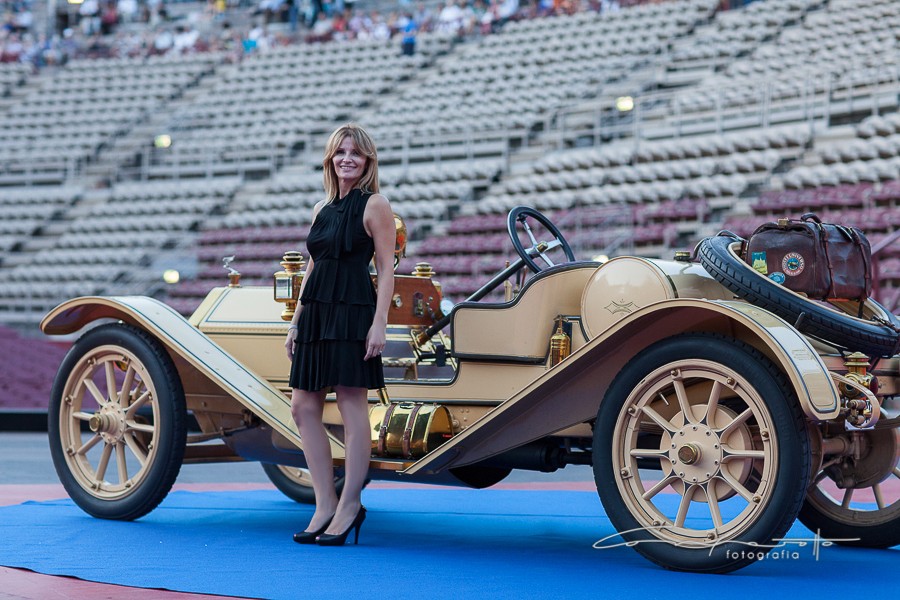
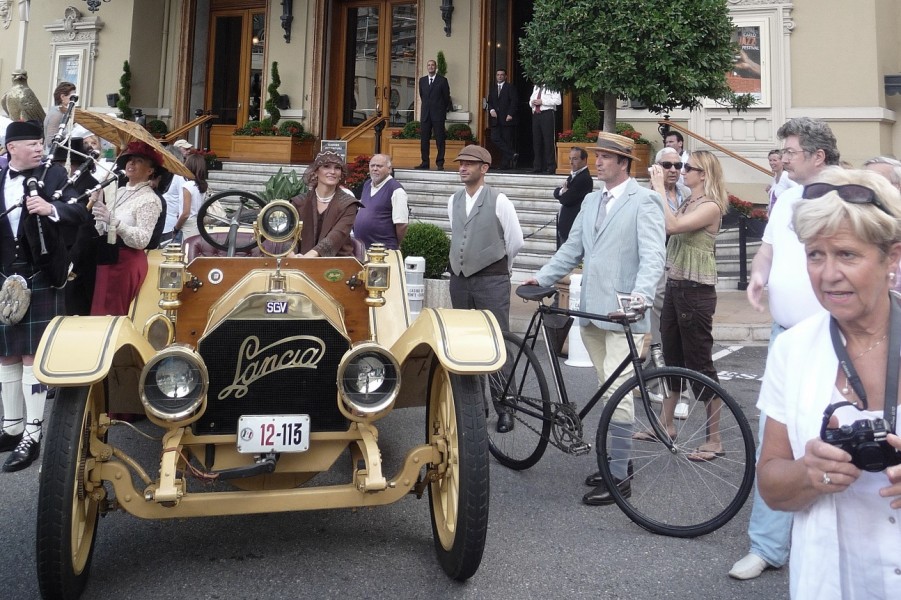
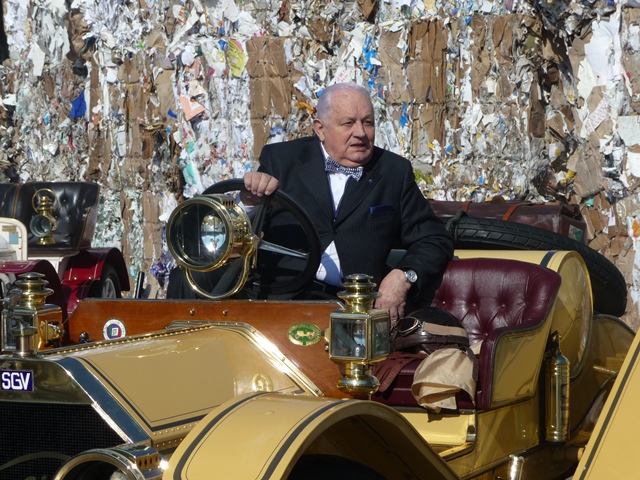
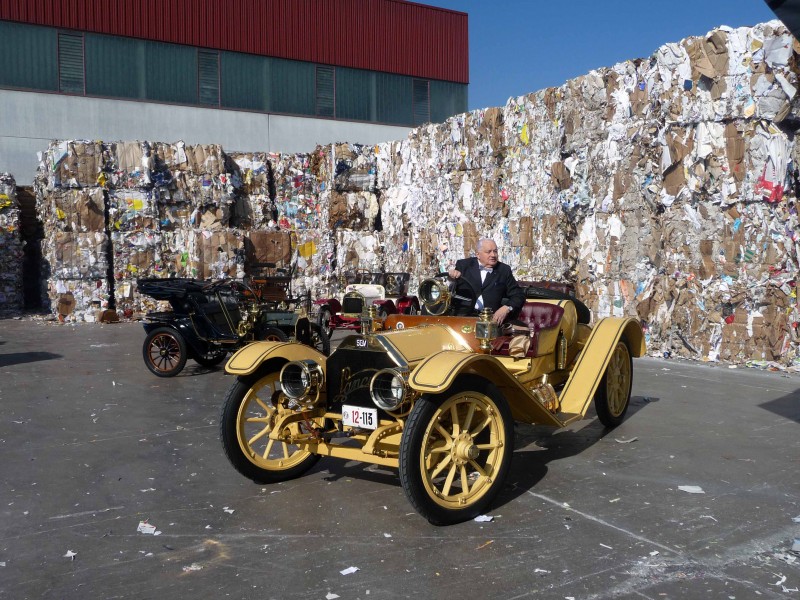
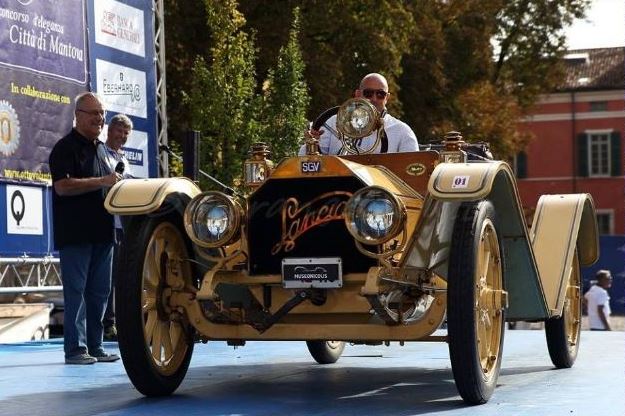
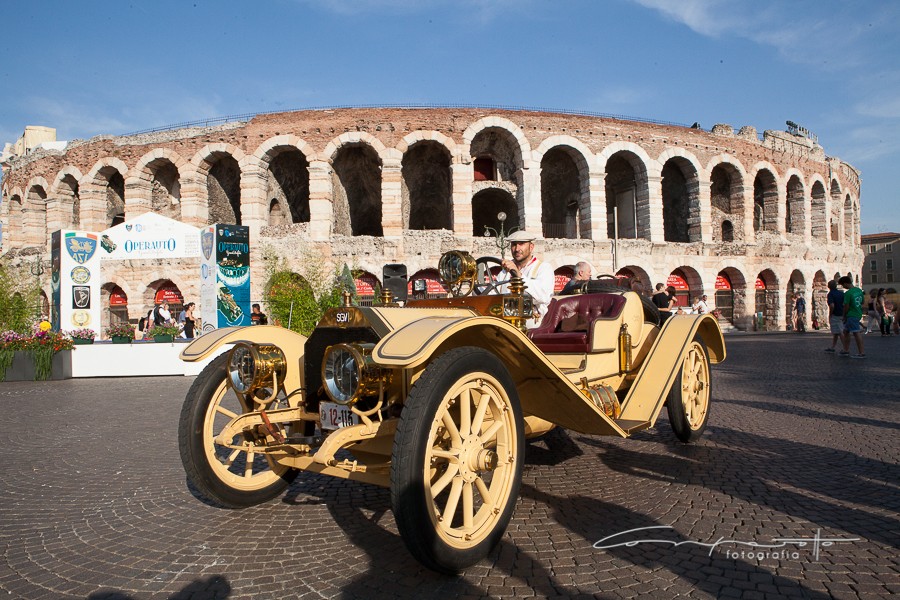
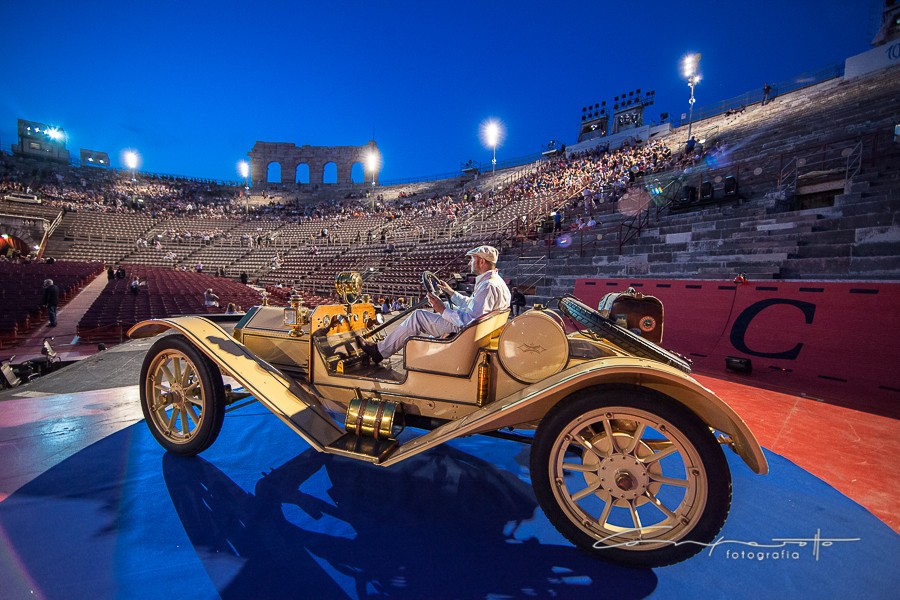
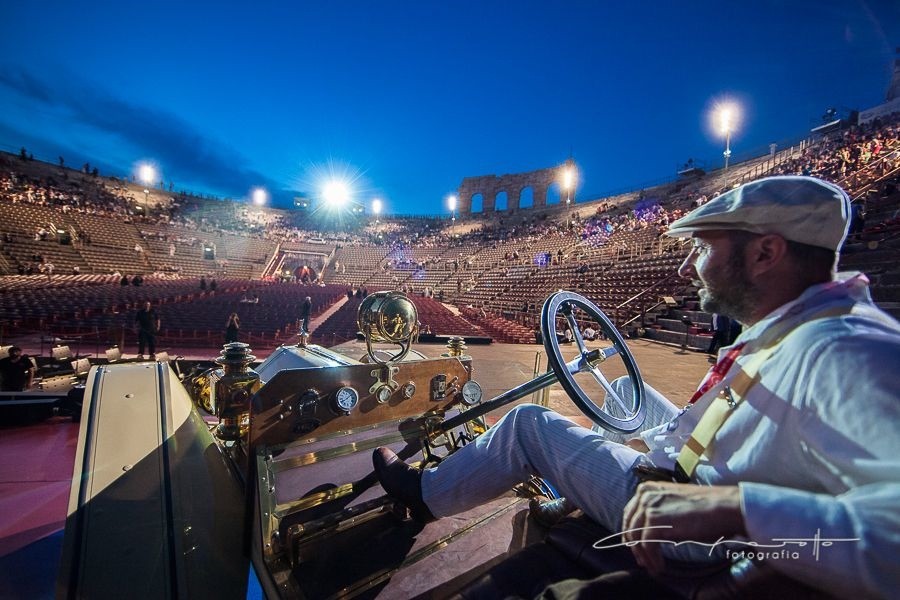
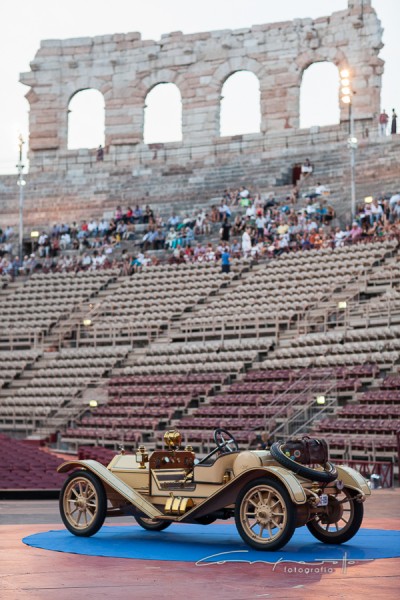
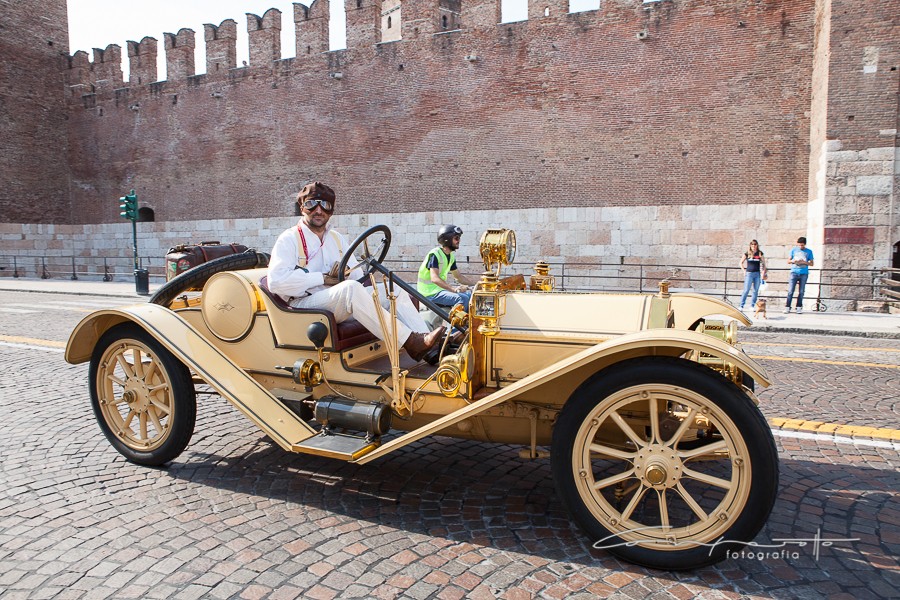
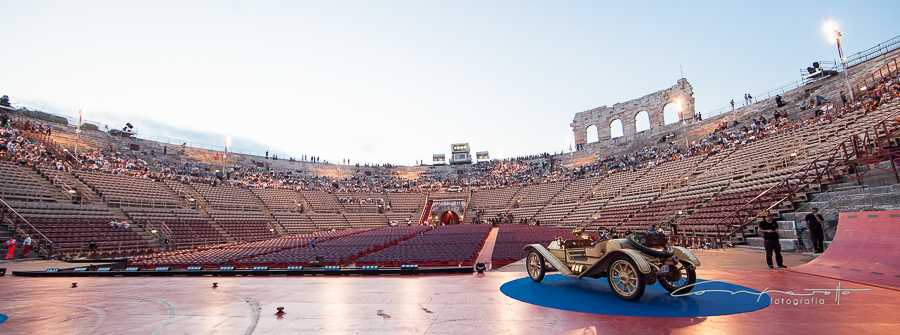
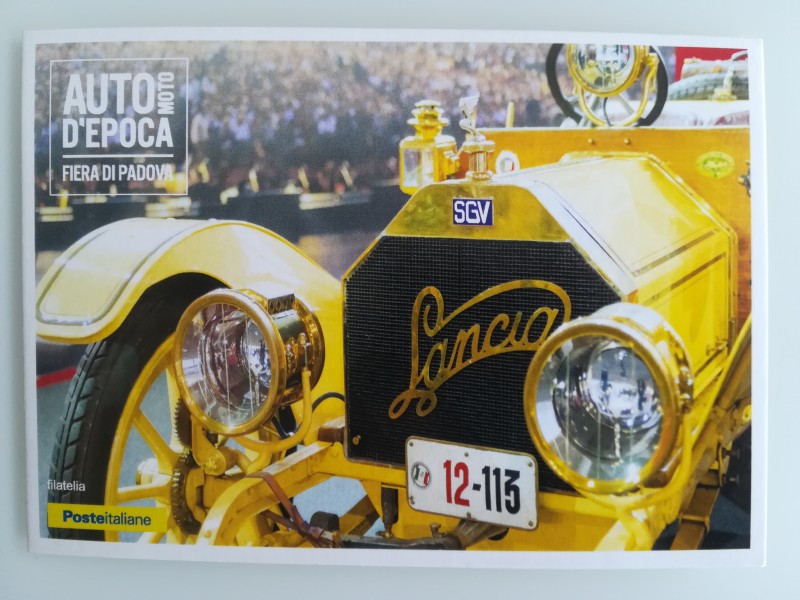
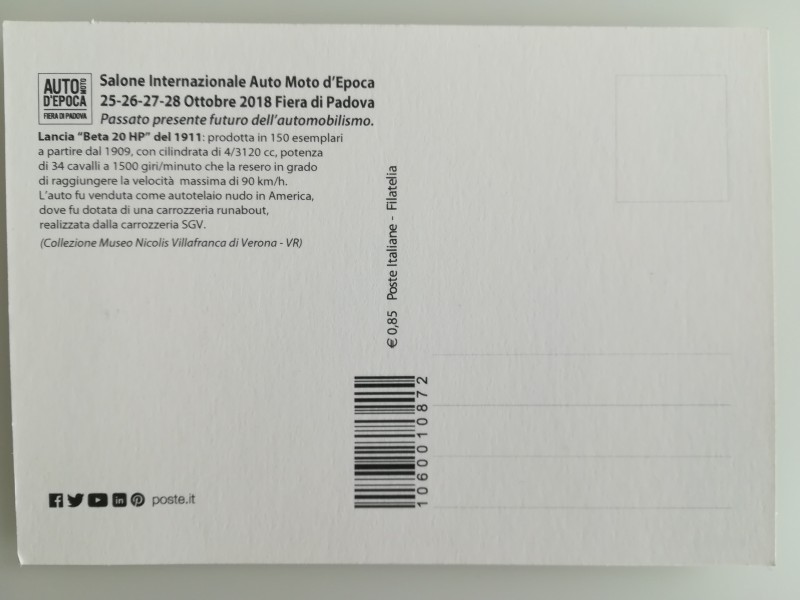







Audioguide